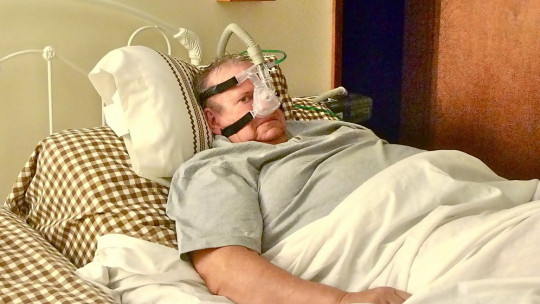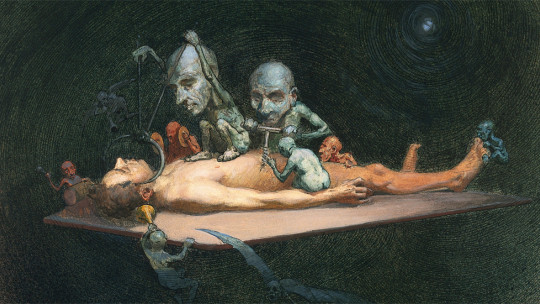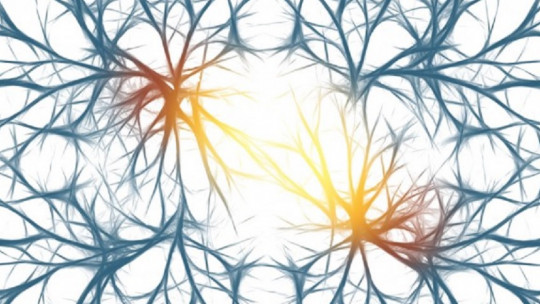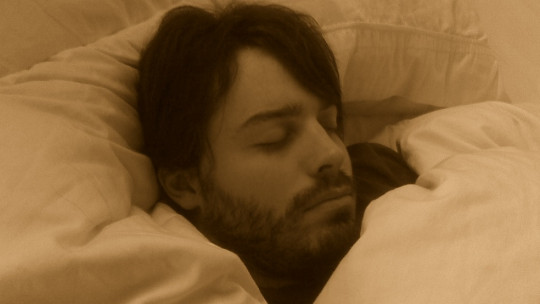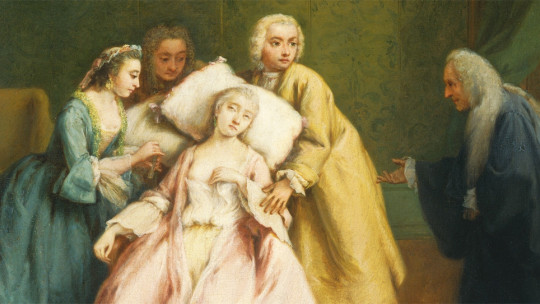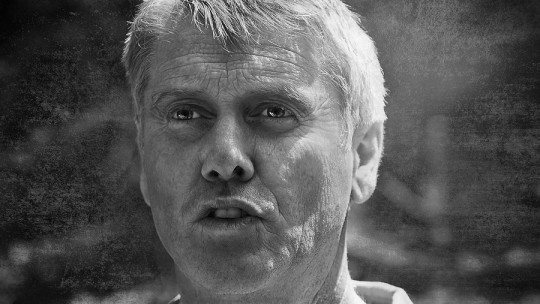Let’s think for a moment about each and every one of the actions we carry out every day. Walking, talking, reading, eating… many of them we do practically automatically, while others require a certain effort.
However, each and every one of them has something in common: they require a certain level of consciousness that allows us to execute them. And we don’t always have it, such as when we are asleep. Our level of consciousness can fluctuate greatly naturally.
Now, sometimes some diseases, injuries or disorders can cause a deficient state of consciousness from which we are not able to escape. The most serious example of this is coma, but there are also other similar and very serious disorders or alterations. It is the case of stupor which we are going to talk about throughout this article.
What is stupor?
It is possible that in more conversations we have heard or even used the term stupor to refer to a state of surprise that prevents us from reacting. This is a popular and valid use of this word, but there is also a medical meaning or meaning.
In this sense, the name stupor is given to a condition or alteration of a person’s state of consciousness , in which there is a marked decrease in this. On the other hand, due to the altered state of consciousness of those who manifest stupor, their behavior also becomes very passive, barely reacting to the elements of the environment.
Due to its implications, stupor indicates the presence of a very significant disturbance in the person’s mode of functioning, and the duration of this state is highly variable.
Symptoms
Stupor is a state of loss or deficit of consciousness in which the subject remains in a semi-conscious state and does not react to environmental stimulation. It is practically impossible to get him out of this state unless very intense and powerful stimulation is applied, something that will slightly and temporarily increase alertness. Some of the stimuli that can alter your state are, for example, screaming or painful stimulation.
The most notable characteristic of this state is nonreactivity and the lack of voluntary movements, something that separates stupor from other alterations of consciousness such as confusion or obtundation and makes it the closest state of consciousness and antecedent to coma. It is, after the latter, the most profound alteration of consciousness.
It is possible that in moments of heightened consciousness the subject makes small gestures or even makes some small vocalization or sound, although these will be incoherent and not related to the context.
It is important to keep in mind that this state is neither feigned nor voluntary, so the lack of attention to the environment is a consequence and not a cause of the state of stupor. Cognitive activity is diminished as there is no alert and attentive state and indifference occurs at an emotional level.
Guys
Although the concept of stupor is defined with the explanation given above, the truth is that it is possible to identify different types of stupor depending on its cause and some specific characteristics linked to them.
1. Organic stupor
First of all, it is worth mentioning that we can find an organic type of stupor, in which the cause of said state is a neurological alteration of biological or acquired origin This type of stupor is characterized by the tendency to appear in a context of diffuse brain dysfunction, and a vacant look or closed eyes are usually observed. In this state you may perform some unusual actions.
2. Psychiatric stupor
Another of the main types of stupor is psychiatric, derived from some type of psychopathology Within it we can mainly find catatonic stupor, melancholic/depressive and dissociative stupor.
2.1. catatonic stupor
This is a type of stupor that appears in patients with catatonic schizophrenia. In this case waxy flexibility usually appears or maintenance of the posture in which the subject is placed, with muscle hypertonia. Mutism, oppositional behaviors or automatic obedience may also be observed.
2.2. melancholic stupor
A subtype of stupor that appears in depressive symptoms, more frequently in cases where depression is endogenous
In this case the subject does not respond to stimuli due to a total inhibition of behavior and speech, and unlike in other types of mutism, it is possible that there is a body expression that denotes sadness (despite the fact that the emotion is also completely present). inhibited).
23. Dissociative stupor
It is usually linked to the experimentation of some stressful or traumatic event , which causes a dissociation in the psyche of those who experience it. There is immobility, but if the subject is placed in a forced position it returns to the original position. There is no muscle resistance or rigidity.
Causes of appearance
As we can see, stupor is a condition that can occur due to a wide variety of causes, both at an organic level and at a psychological level.
Organic causes
Among the organic causes we can find the suffering of cerebrovascular accidents or the possible acquisition of some type of infection at the brain or meningeal level.
The affected areas may be multiple and there may be diffuse neuronal damage, but it is also possible that there may be damage at the level of the reticular activation system or SAR (part of the brain that is responsible for maintaining wakefulness and is located in the brain stem) or areas such as the supratentorial.
Another possible cause could be the existence of some type of tumor, which can cause stupor if it compresses or affects the areas that govern consciousness, or if not enough blood, nutrients and oxygen reach the brain. Some diseases or severe hypoglycemia could also cause this condition.
It can also occur due to food poisoning, substance consumption (including alcohol) or pharmacological poisoning. It is also possible for a person to reach a state of stupor after suffering some type of head trauma. In these cases, the stupor is due to damage, injuries or alterations in the functioning of the neurons.
Psychiatric disorder
As regards psychiatric stupor, this appears as a manifestation or symptom of different pathologies Some of the most common are schizophrenia (specifically in the old catatonic subtype) or even in cases of melancholic depression.
The causes of these disorders are not generally known, although there are different hypotheses regarding each of these disorders. For example, the presence of aversive and traumatic events usually triggers the dissociative type.
Treatment of stupor
The existence of some type of stupor is a condition to take into account due to the absence of response and ability to act and maintain normative functioning. For this it is necessary go quickly to the emergency room if it occurs (especially if it happens abruptly and suddenly).
Generally, first it is essential to ensure vital signs and biological stability, as well as monitor their status.
It must be taken into account that stupor can be a symptom of an organic pathology or even a stroke or traumatic brain injury, which could lead to serious consequences, disability or even death if left untreated. In the same way, poisoning should also be treated differentially.
If the stupor is the product of a pathology with an identifiable organic basis, a complete recovery is not expected, although it is true that in some cases the symptoms disappear spontaneously after some time has passed. Thus, in the case of psychiatric or neurological diseases, treatments are carried out to alleviate the negative consequences of the pathology, not to completely eliminate either the stupor or the other ways in which the disease is expressed.
Subsequently, and after analyzing the causes, the corresponding treatment will be applied in each case. according to its causes


